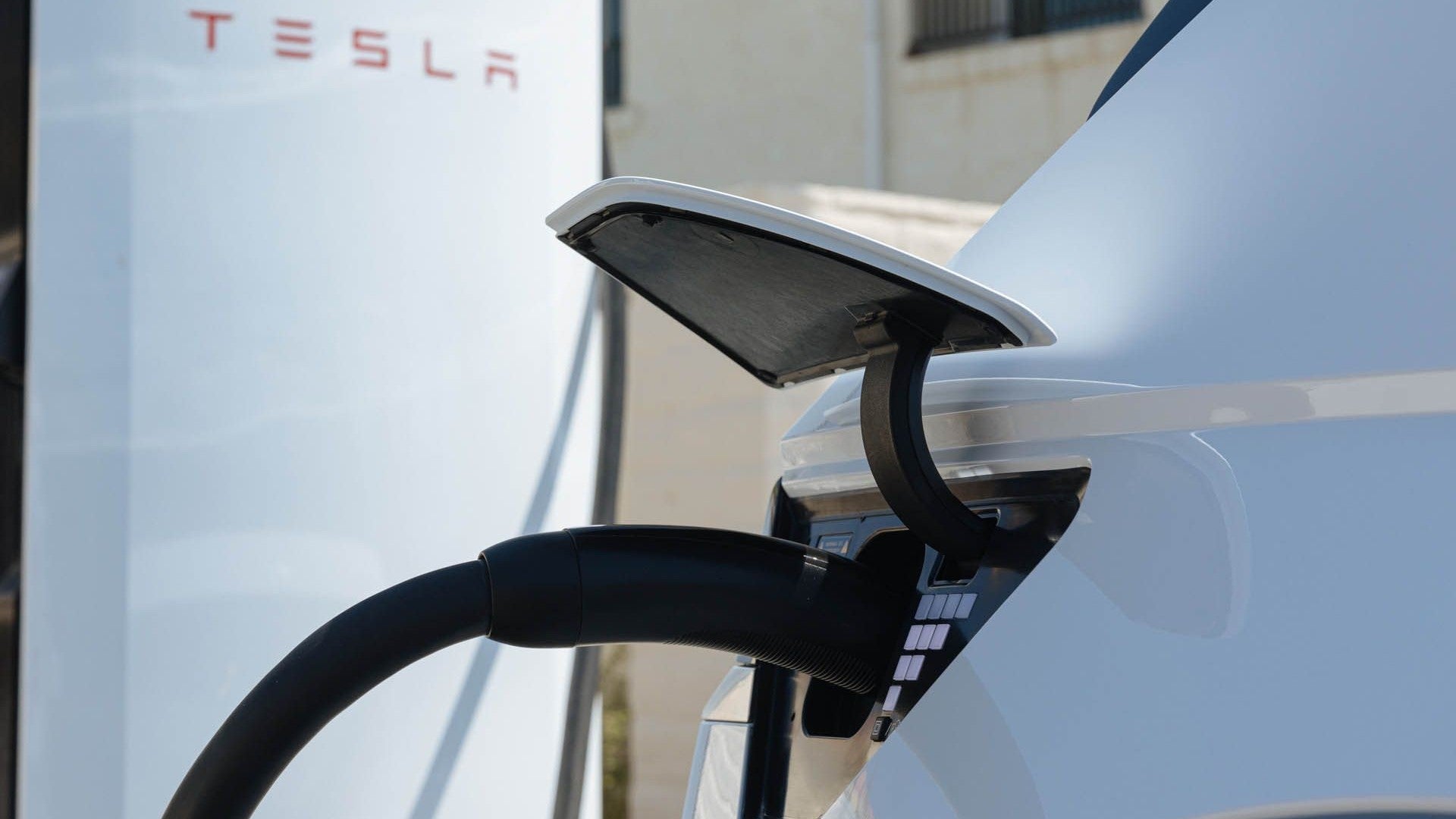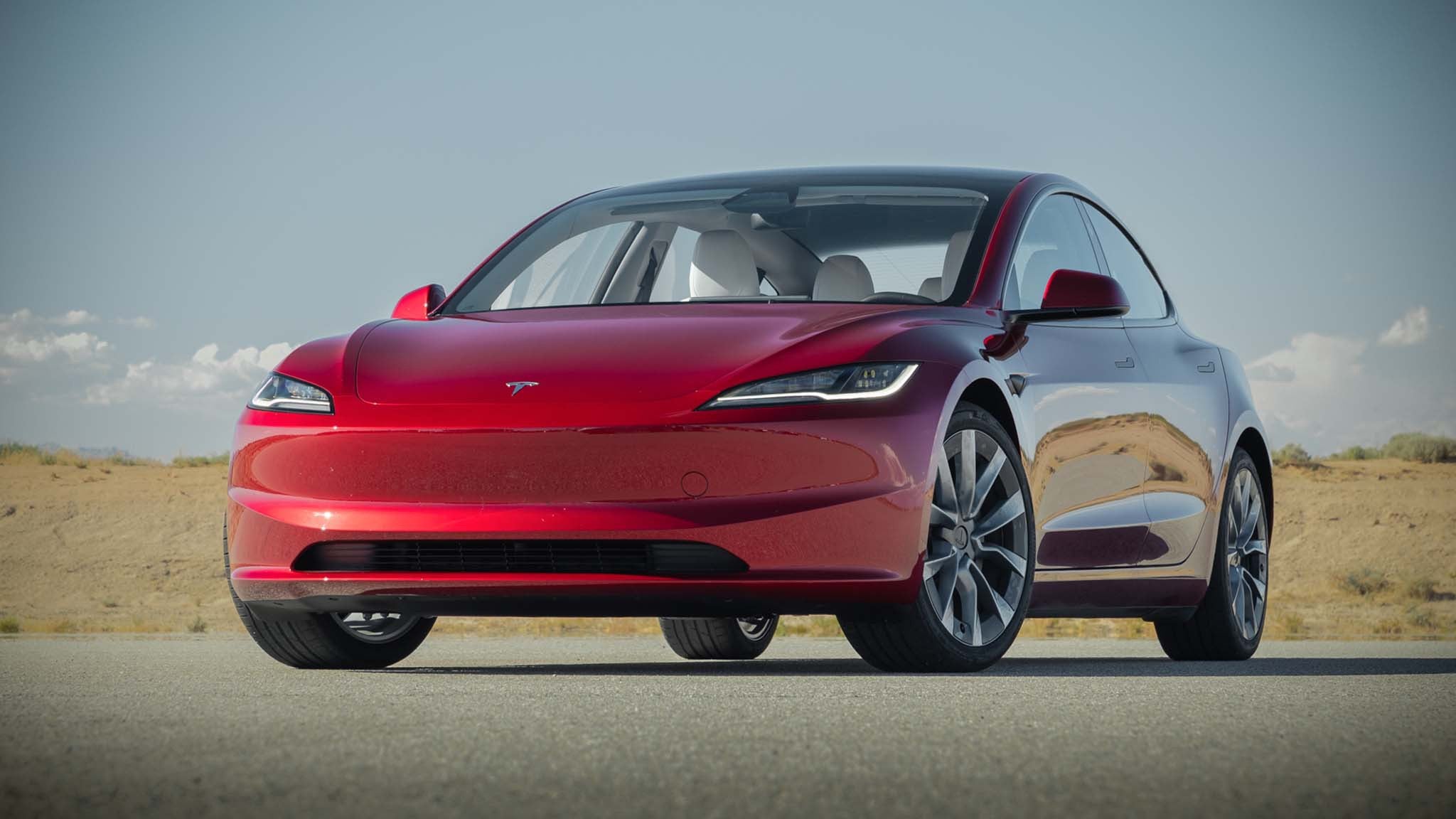Understanding the Charging Confusion
Hyundai and Kia drivers now have access to Tesla’s Supercharger network, and recent models even include the Tesla-style NACS port straight from the factory. On paper, this should make charging more convenient than ever—no adapters, no extra steps, just plug in and go.
But there is an unexpected twist: you may actually get slower charging speeds at Tesla Superchargers if you drive a Kia EV6, EV9, or Hyundai Ioniq 5, Ioniq 6, or Ioniq 9. It sounds counterintuitive, so let’s break down why this happens and how to get the fastest possible charge.

Why Tesla Superchargers Slow Down Hyundai and Kia EVs
Hyundai and Kia’s newest electric vehicles share the advanced E-GMP platform, which supports charging rates well above 200 kW. Under ideal conditions, the Ioniq 5 has even been recorded exceeding 260 kW—exceptional performance for a mainstream EV.
However, those speeds simply don’t appear at Tesla Superchargers.
Real-world reports show:
-
Some EV6 owners see around 97–120 kW at Superchargers
-
Ioniq 5 and Ioniq 9 models typically reach only up to 126 kW
-
Hyundai’s flagship EV9 shows similar limits
These numbers fall far short of what these cars are capable of on other networks, meaning longer wait times and less efficient charging stops.
The Voltage Mismatch Behind the Slow Speeds
The root of the issue is voltage compatibility.
-
Hyundai and Kia EVs operate at 800 volts, which is key to their rapid charging capability.
-
Tesla Superchargers traditionally operate around 500 volts, because Tesla’s own vehicles historically used lower-voltage systems.
To make this work, Hyundai and Kia use an onboard voltage booster when plugged into a Supercharger. This bottleneck prevents the car from taking full advantage of its high-voltage architecture, so charging power is capped well below the vehicle’s potential.
Other 800V EVs—like the Lucid Air, Lucid Gravity, and Porsche Taycan—experience similar limitations at Superchargers for the same reason.
Where Hyundai and Kia EVs Actually Charge Fastest
If your priority is the quickest charging session, Superchargers should not be your first choice.
To unlock the best speeds, look for:
-
Ionna network chargers (increasingly common)
-
Any charger rated 800V or higher
These stations allow E-GMP vehicles to reach their peak rates, often well above 200 kW.
Meanwhile, Tesla’s newer V4 Superchargers promise better compatibility with high-voltage vehicles, but their availability varies by region.
If your car uses the new NACS port, you may need a CCS-to-NACS adapter at non-Tesla stations—an added complication during the industry transition.
How Much Time You Lose at a Supercharger
The charging time differences are more than trivial.
-
A new Hyundai Ioniq 5 with the 84-kWh pack can go 10–80% in about 20 minutes under ideal high-voltage conditions.
-
At a Tesla Supercharger, that same window stretches to around 30 minutes.
For the larger Hyundai Ioniq 9:
-
Optimal charging: 10–80% in roughly 24 minutes
-
At a Supercharger: around 40 minutes
For quick top-ups, the impact may be small—but on long road trips or during work shifts, choosing the right station can save significant time.

The Bottom Line
Hyundai and Kia’s newest EVs are among the quickest-charging models on the market—but not on Tesla’s Supercharger network.
For now, if you want the fastest charging stop possible, high-power non-Tesla stations remain the superior choice until voltage-compatible networks become more widely available.
Recommend Reading: Hyundai Pushes Toward Ultra-Fast EV Charging and Three-Minute Top-Ups








Aktie:
Hyundai Confirms the Ioniq 6 N for the U.S., But Only in Small Numbers
EV Charging Times Explained: How Long It Really Takes